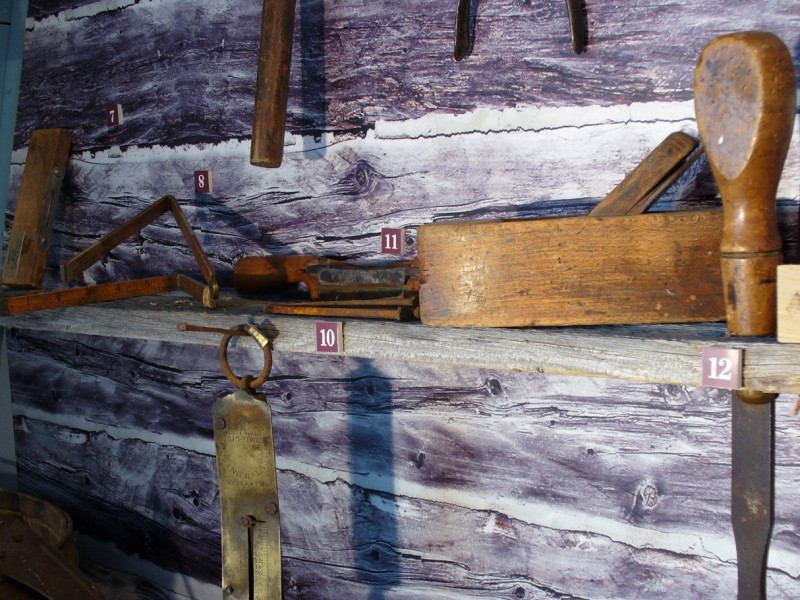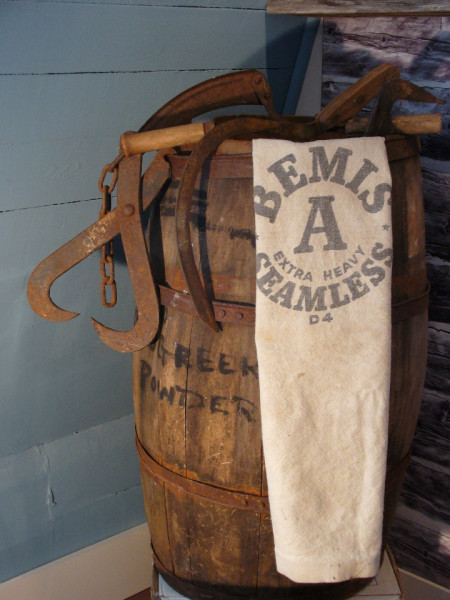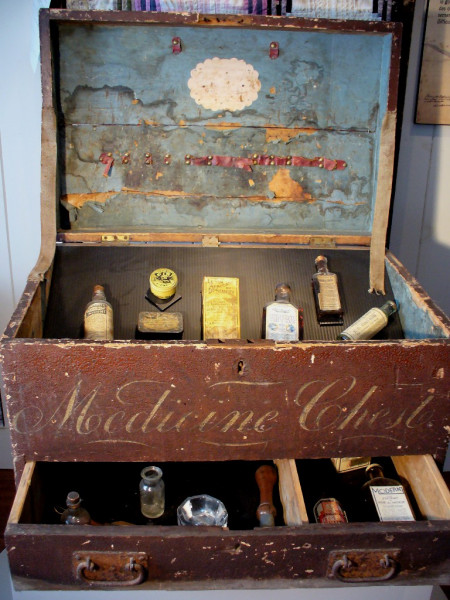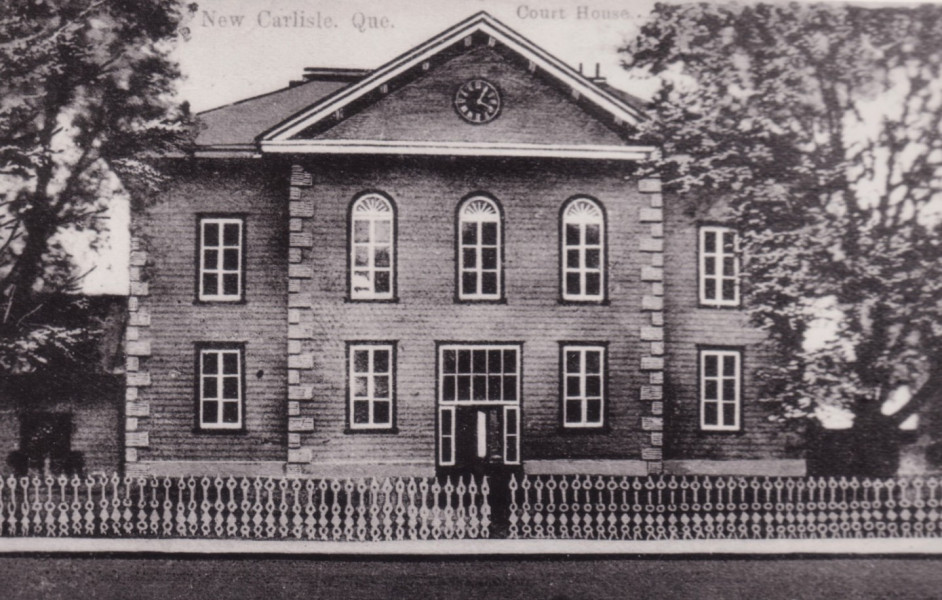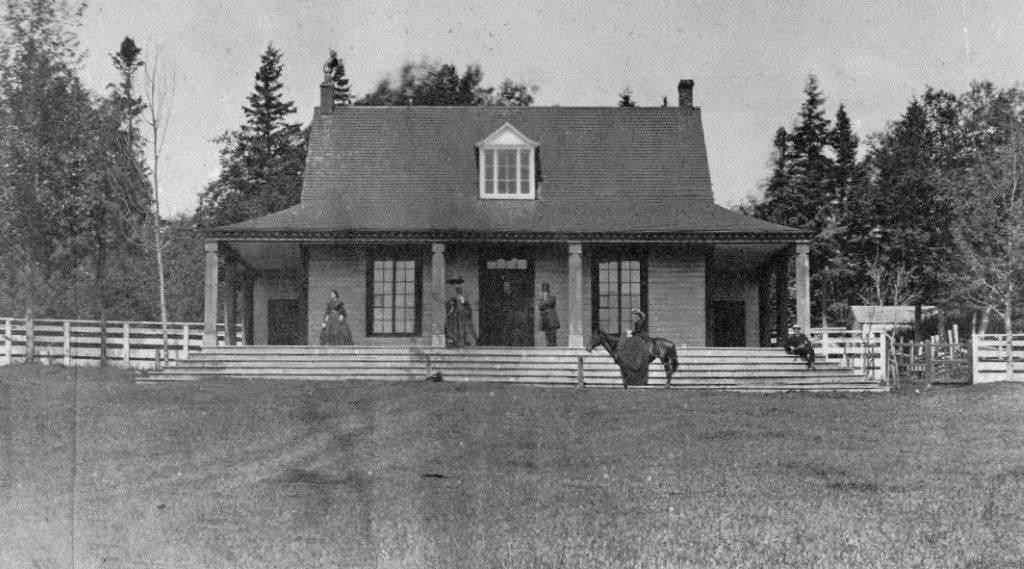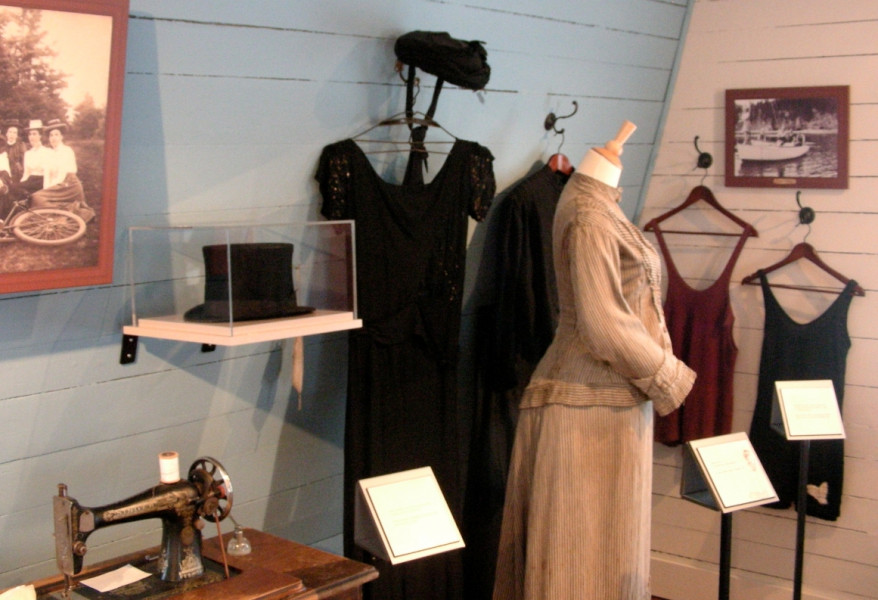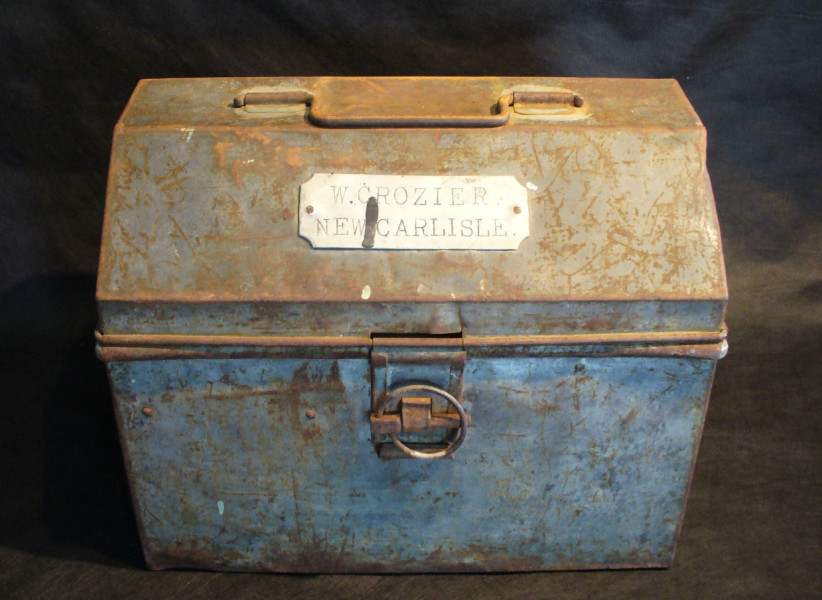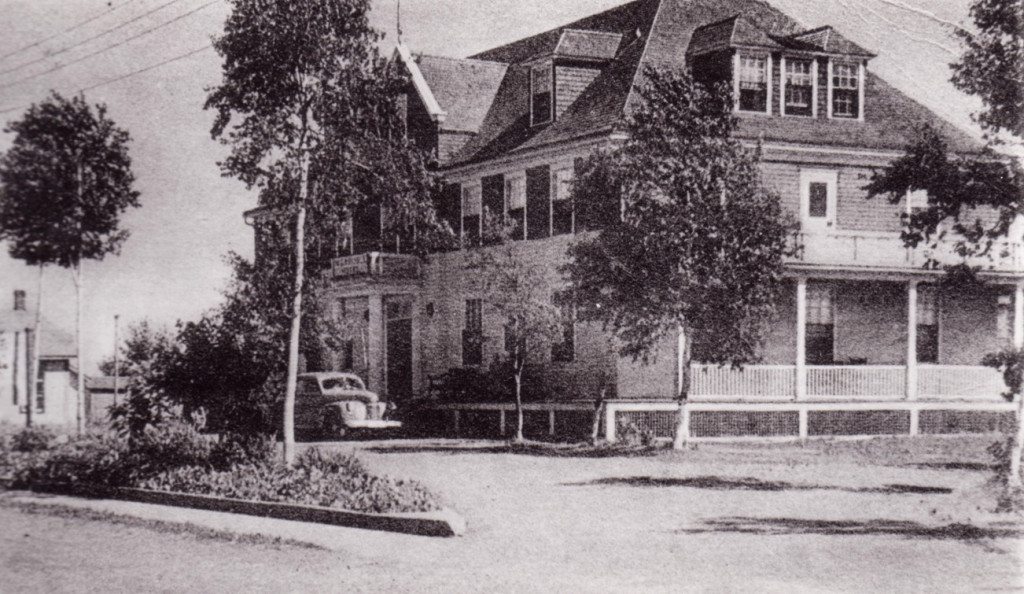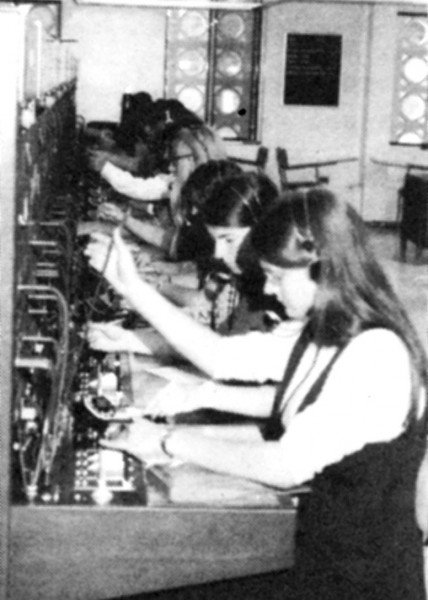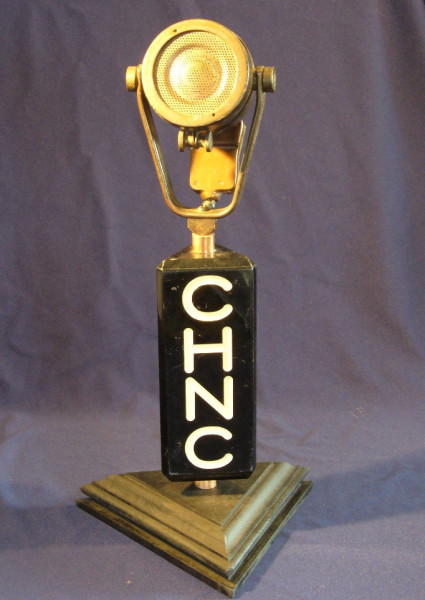The Kempffer Cultural and Interpretation Centre's permanent exhibition, through eight themes and more than 150 artefacts, retraces the history of New Carlisle, from the arrival of the loyalist pioneers up to and including World War II. During this diversified and original exhibition, visitors can take advantage of this little municipality's richness from the past and get a better sense of the local distinguishing features.
A New Beginning
New Carlisle is a Gaspesian village that is strongly marked by its cultural mix. This blend is expressed through linguistic and religious diversity, which holds firm to its origins right back to the establishment of the village. In July 1784, 315 loyalists, accompanied by 67 soldiers and Marines, arrived in Paspébiac by boat, after eight days of traveling from Québec. They settled in "Little Paspébiac ", later renamed Carlisle, and then New Carlisle. From the time of their arrival in Little Paspébiac, the new colonists had to begin the immense task of constructing their houses and reclaiming the land in order to farm. Several artefacts in our collection bear witness to this period, which hinges on the development of New Carlisle's identity.
The Victorian Era: Heritage Buildings and the Worldly Goods of the Middle Class
"In 1830, the navigator Joseph Barthe, from Carleton, declared, "...this site has become the largest village on the Bay of Chaleur, with 100 houses stretching the length of the Bay."
Jules Bélanger, Histoire de la Gaspésie, page 152
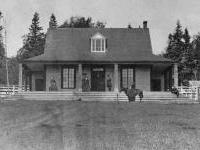 As of the beginning of the 19th century, a middle-class settled in New Carlisle. From a small farming village that had been founded by some hundred loyalists, the village rapidly became the Bonaventure County Seat and the administrative centre of Gaspésia, where some members of the elite came to settle. Its position as county administrative centre brought about the establishment of the administration of justice, which included lawyers, district attorneys, notaries and a sheriff. This middle-class bequeathed to New Carlisle a rich legacy of heritage buildings. These sumptuous houses, whose architecture is characteristic of the Victorian Era, can still be admired in the village. They stand witness to the predominance of New Carlisle during a certain era.
As of the beginning of the 19th century, a middle-class settled in New Carlisle. From a small farming village that had been founded by some hundred loyalists, the village rapidly became the Bonaventure County Seat and the administrative centre of Gaspésia, where some members of the elite came to settle. Its position as county administrative centre brought about the establishment of the administration of justice, which included lawyers, district attorneys, notaries and a sheriff. This middle-class bequeathed to New Carlisle a rich legacy of heritage buildings. These sumptuous houses, whose architecture is characteristic of the Victorian Era, can still be admired in the village. They stand witness to the predominance of New Carlisle during a certain era.
The Grand Era
With the arrival of the train, the construction of a wharf in deep water and the material progress that was characteristic of the beginning of the 20th century, the economy diversified and the municipality once again planted its leading position in the region.
This dynamism brought the coming of quite a few Acadians and French-Canadians, especially people from the Québec region who came to practice their trades. Their arrival contributed to the integration of Catholicism in the religious landscape of New Carlisle, which was already really diversified, due to the multiple Protestant denominations already coexisting in the community, since the arrival of the Loyalists.
The Grand Hotel Era
During the second half of the 19th century, numerous visitors went to Gaspesia by boat, in order to enjoy the beauty of the area, to take advantage of the many salmon rivers and to experience the virtues of the therapeutic sea baths and the salt air. The first tourists who arrived in the region were members of the middle class and the aristocracy and they travelled on ships and ferries. They were joined by numerous visitors, since the arrival of the train and when the roads became passable. As of 1850, sumptuous villas, such as the holiday resorts in New Carlisle, were observed being erected.
In order to respond to the greater and greater demands of visitors who were in transit or who had been lodging in New Carlisle since the beginning of the 20th century, new establishments opened their doors to welcome them: it was the era of the grand hotels. Our permanent exhibition includes several artefacts and photographs from this period. You can also enjoy this very dynamic era, which generated several very lively stories in the spirit of the people who experienced them.
 The Development of Communications
The Development of Communications
This rapid economic and social growth favoured the development of the media. One whole section of our permanent exhibition is dedicated to the rapid growth of the different means of communication in New Carlisle, notably the arrival of one radio station in the village: CHNC (Charles Houde New Carlisle). The entry on the airwaves of station CHNC, in 1933, marked the second radio broadcast station to see the light of day in Québec, occurring not long after station CKAC in Montréal. We owe the advent of this radio to a Gaspesian communications pioneer - a dentist who was passionate about wireless telegraph: Charles Houde (1896 to 1979). In 1933, the "Doc", as he was known, collected $5,500 from the prominent citizens of the area, promising them a bilingual radio station. He bought a 100 Watt antenna, which was powerful enough to cover both the Gaspé and the Acadian coasts of the Bay of Chaleur. In 1946, Houde had station CHNC, whose powerful antenna delivered 5000 Watts: a station that was entirely Francophone. Then he founded channel CKNB in Campbellton, in order to serve the Anglophone listeners.
The Grand Story of a Little Municipality
Come to the Kempffer Cultural and Interpretation Centre and learn more about the passionate story of New Carlisle, a veritable micro society situated as a backdrop to the Bay of Chaleur. New Carlisle will charm you with its originality and its local features. Thanks to our collection of artefacts, our archival documents and our photographs, you will enter a universe of people who have contributed to the creation of the great story of this little municipality.
